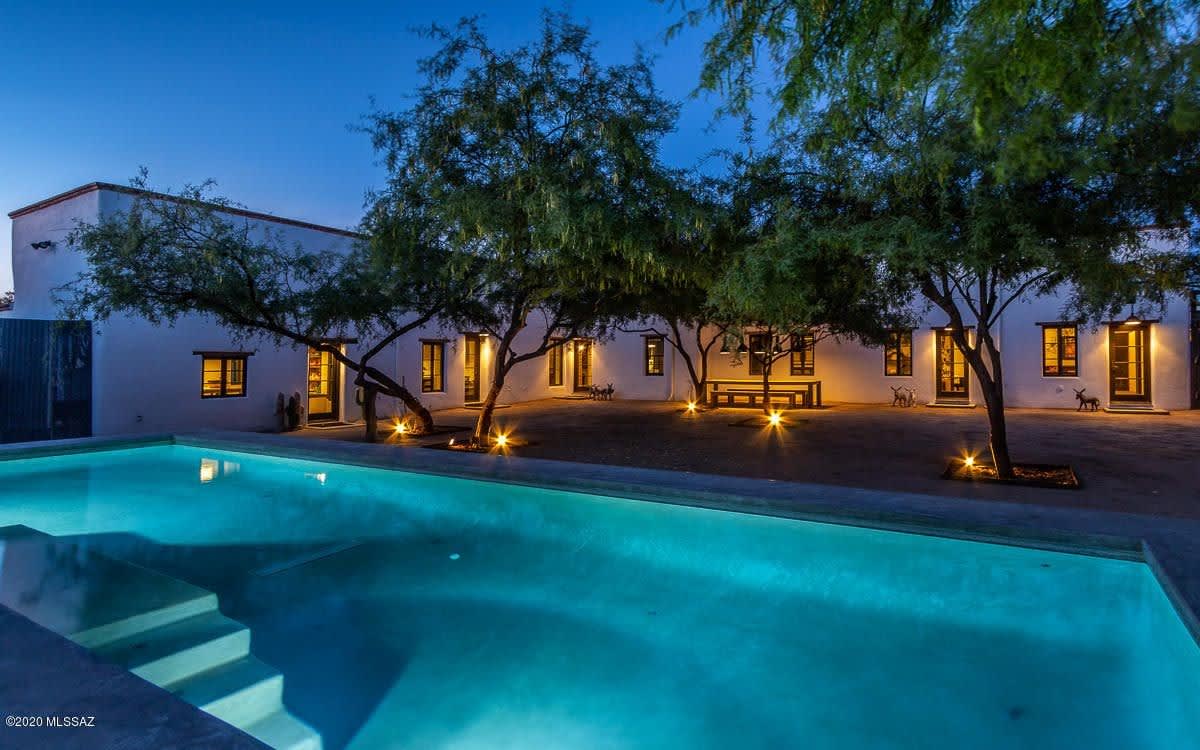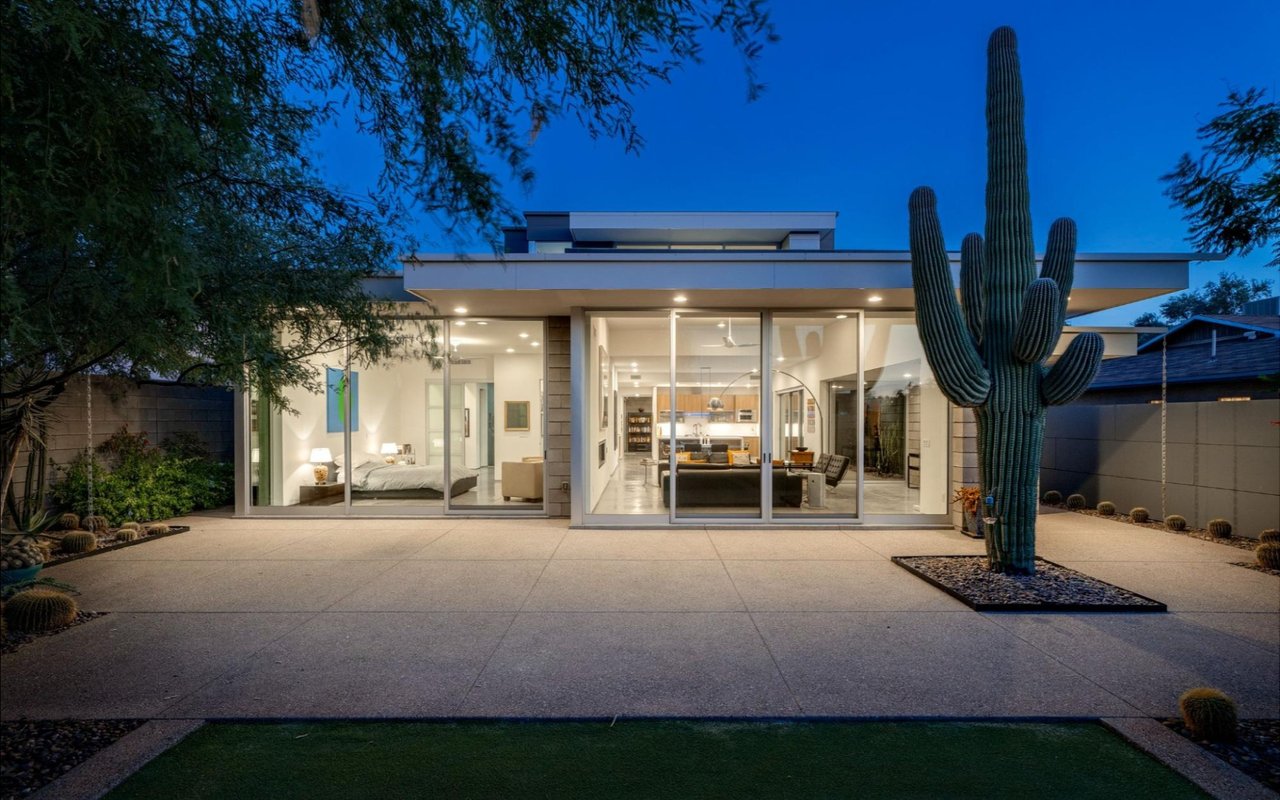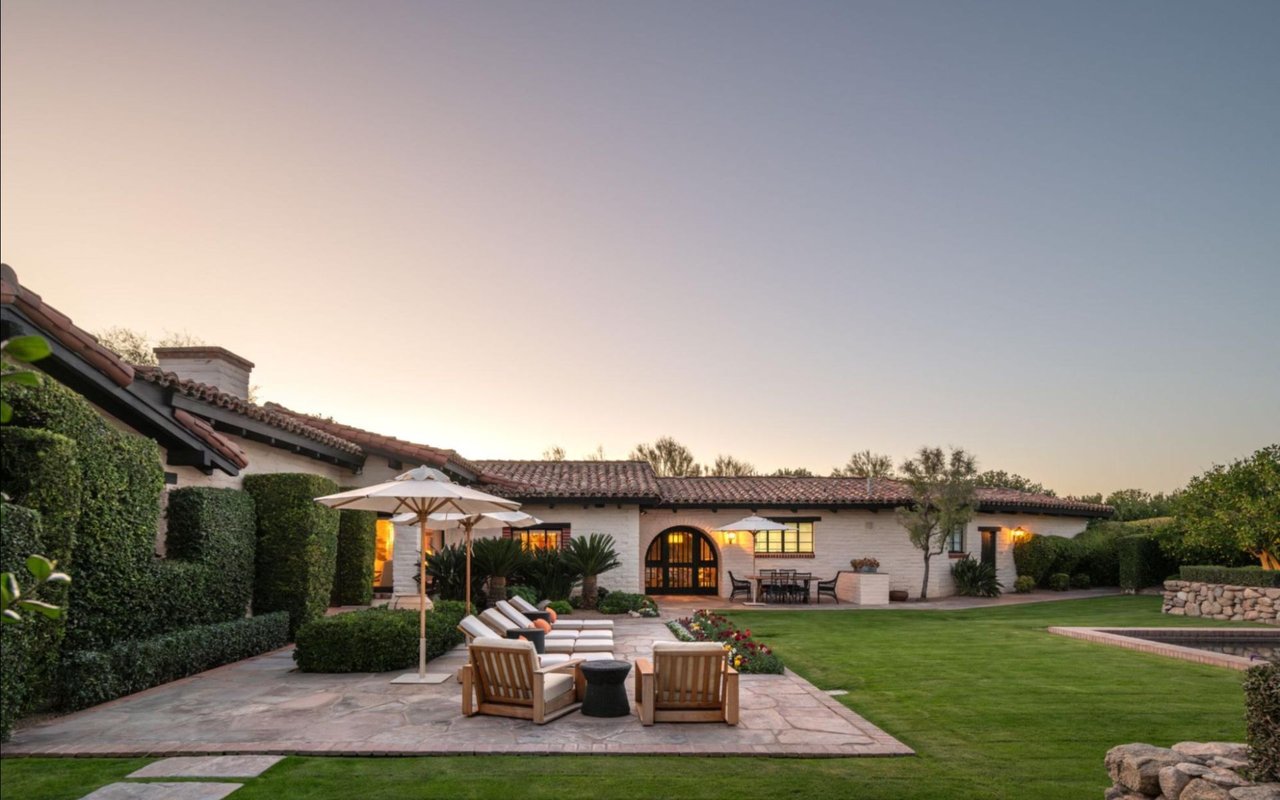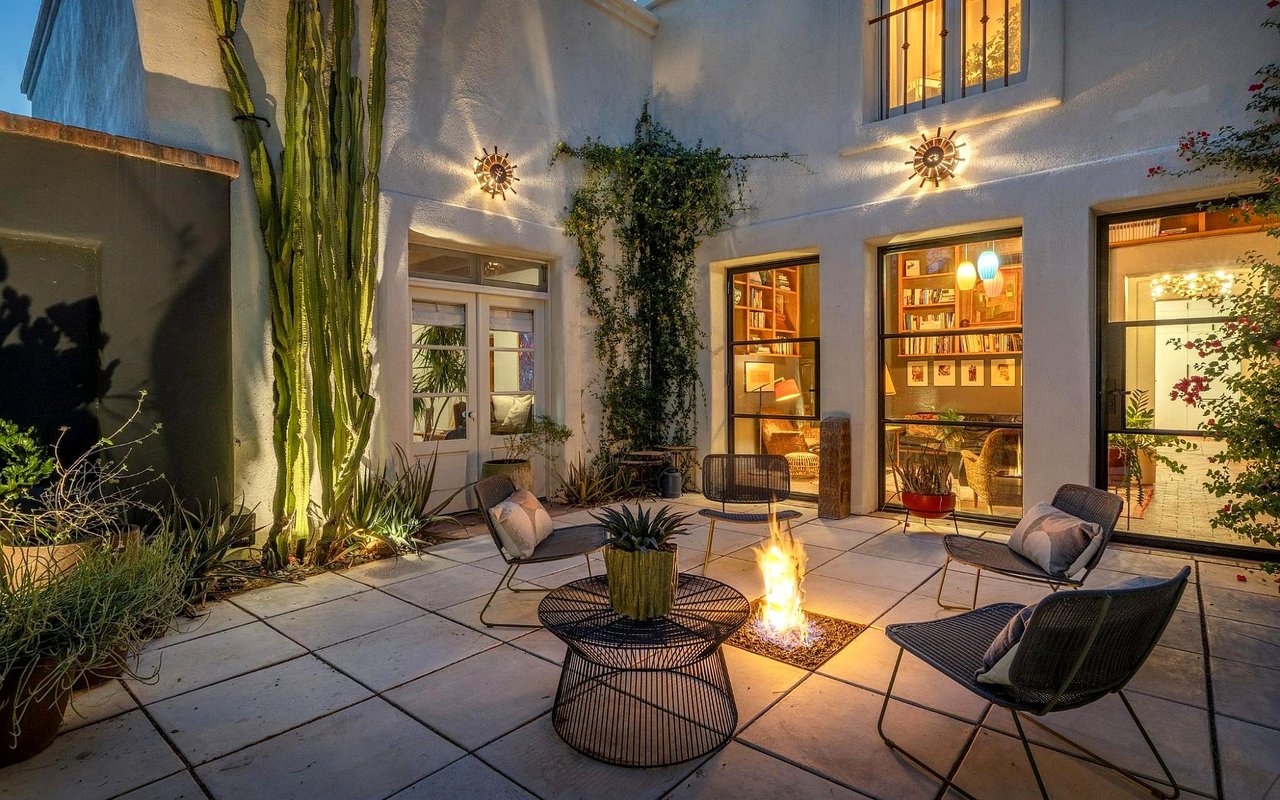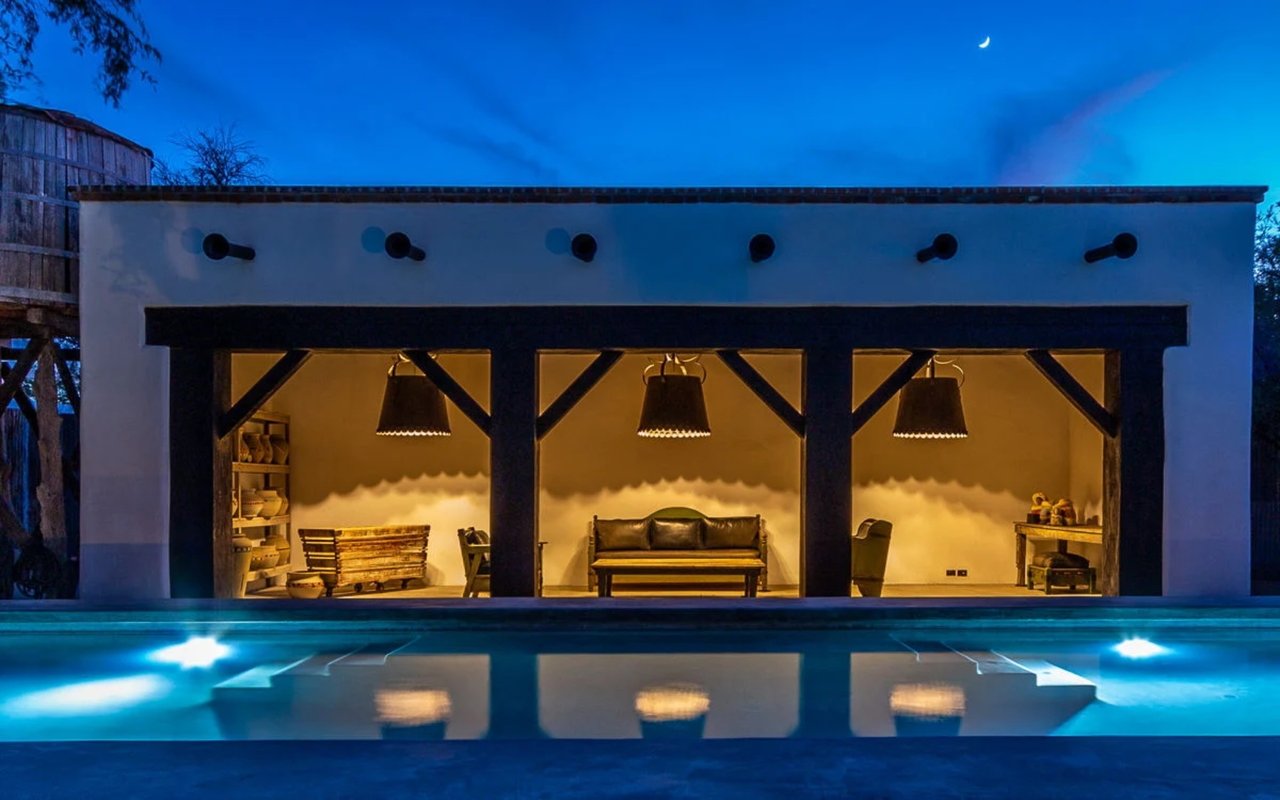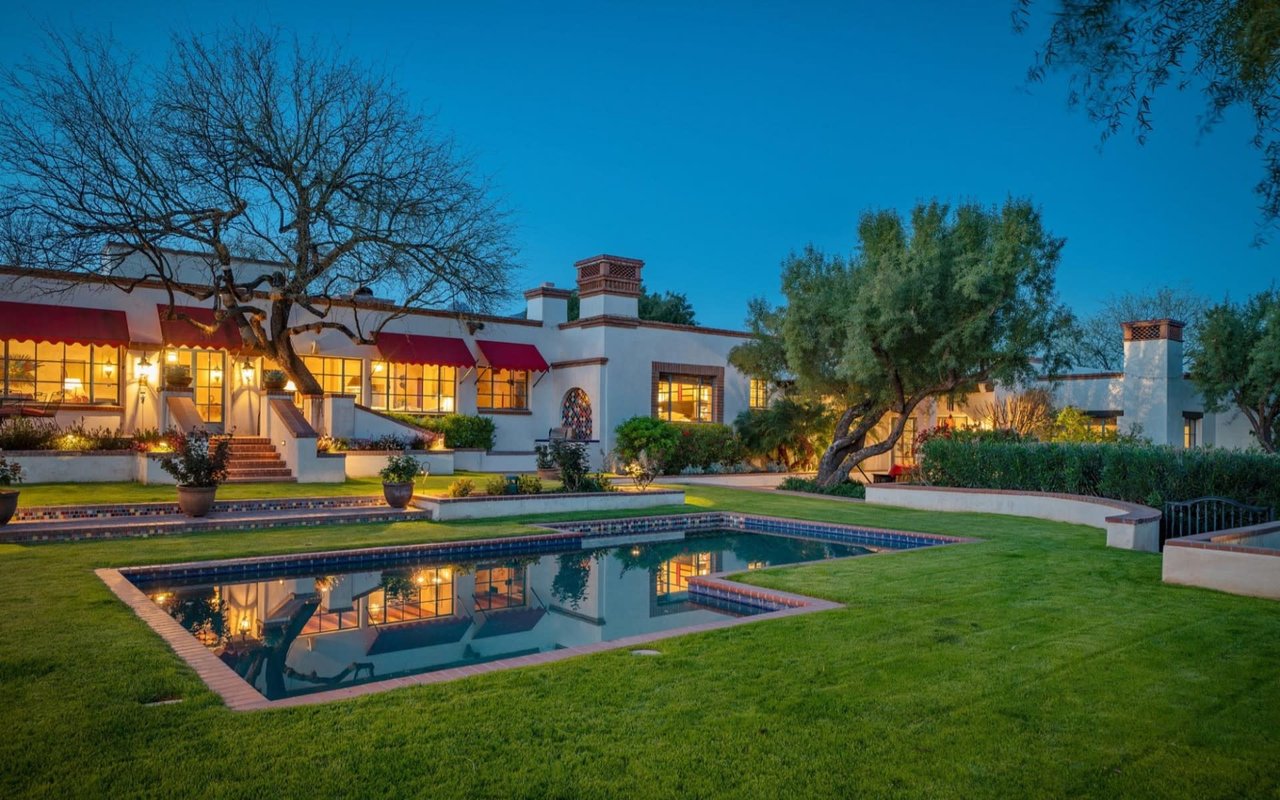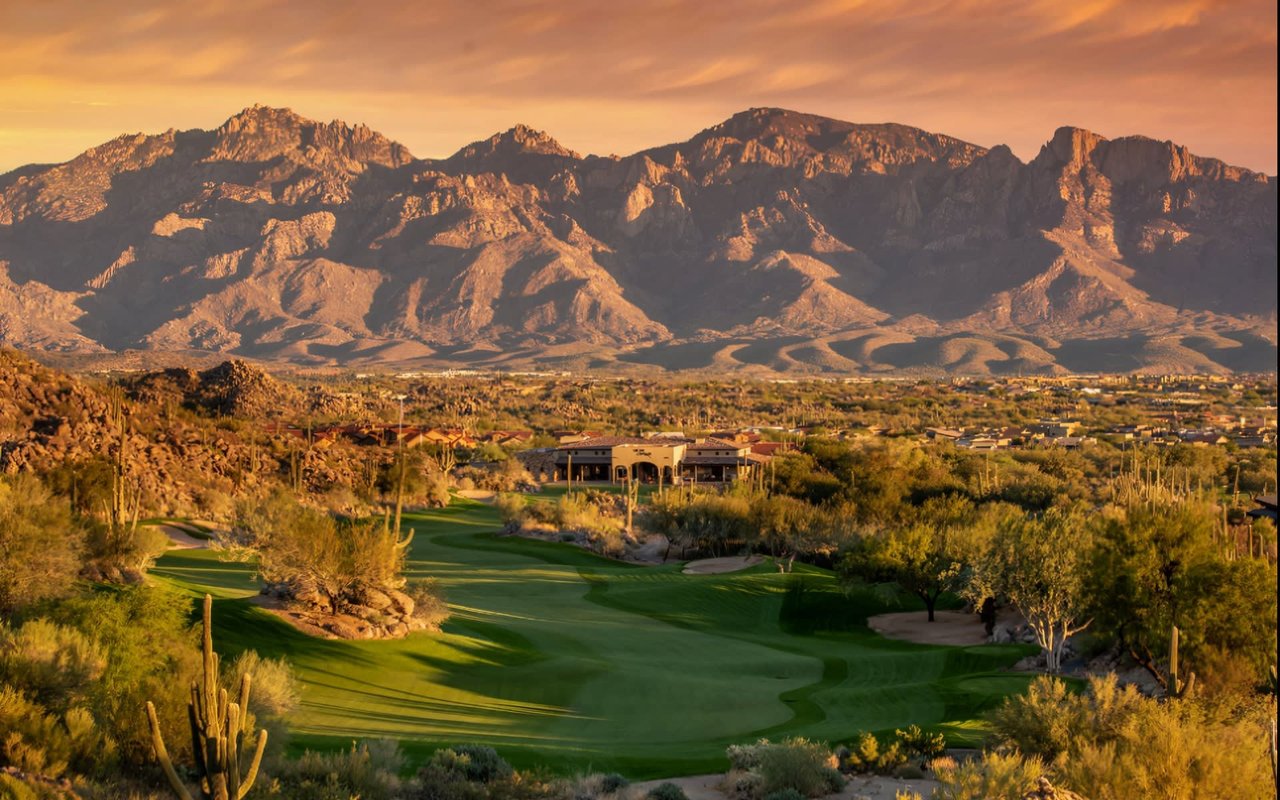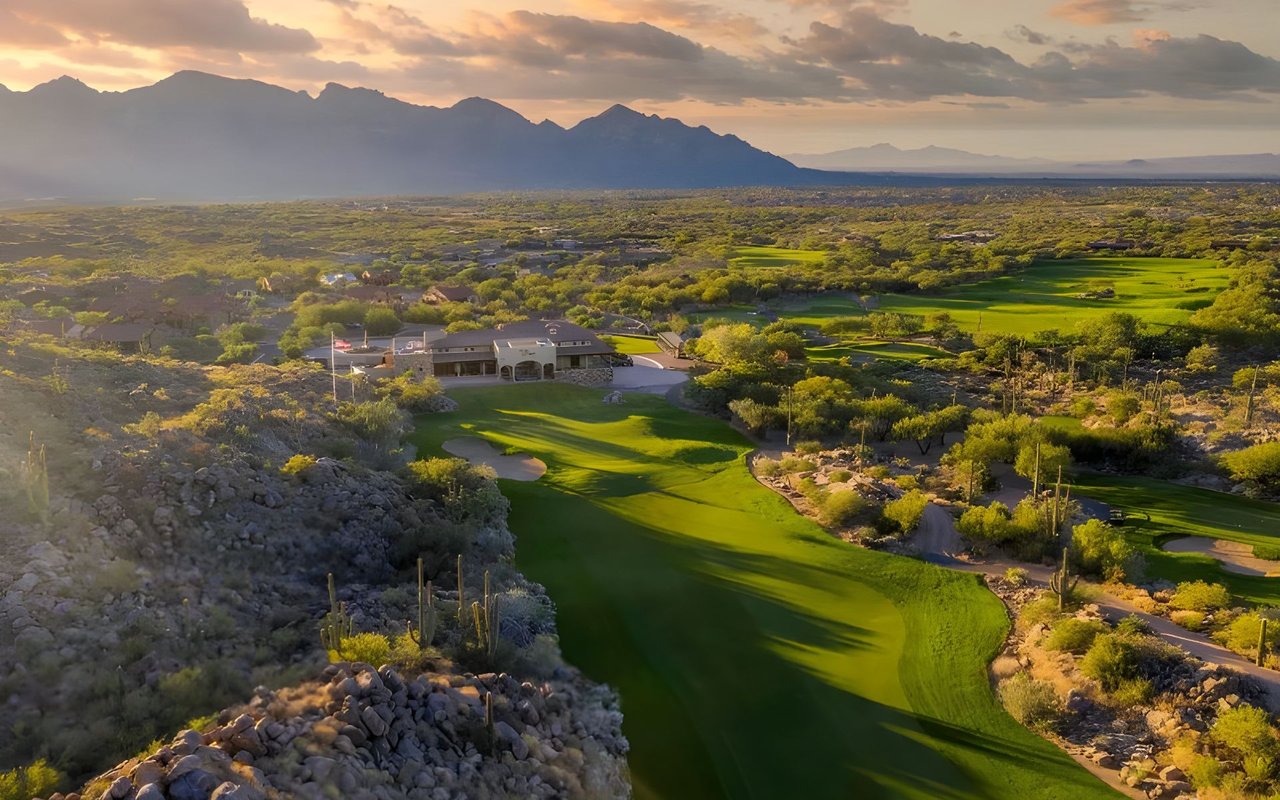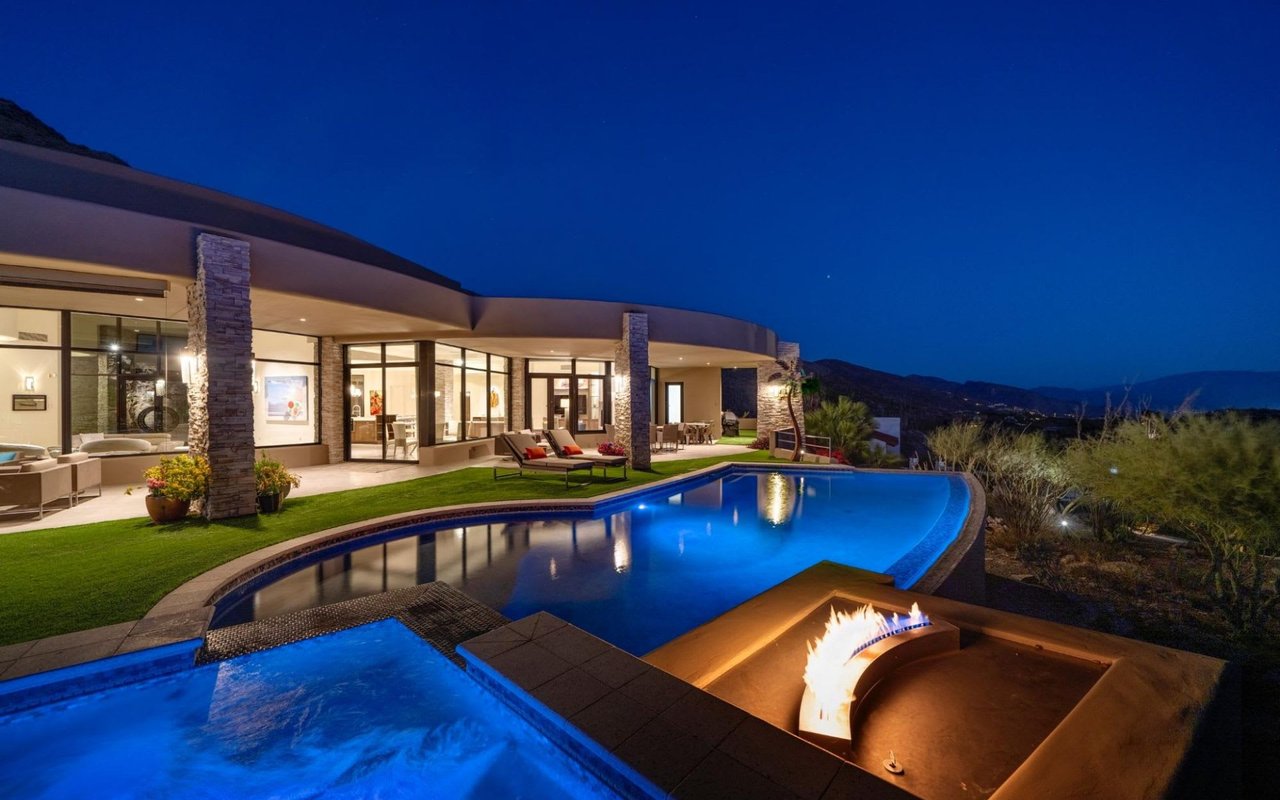By mid-2025, the evolution of luxury design has fully embraced a blend of quiet sophistication and thoughtful functionality. This year’s trends are less about flashy statements and more about spaces that serve a purpose while still feeling curated and elevated. Homeowners and designers are moving away from overdone embellishments and instead leaning into clean lines, quality materials, and interior environments that feel grounded and livable. From kitchens that double as entertaining spaces to eco-conscious architecture, these luxury home design trends reflect a growing desire to live intentionally, without sacrificing style.
The Rise of Warm Minimalism
Minimalism isn’t going anywhere, but it’s taking on a much softer edge. Instead of stark white walls and ultra-modern finishes, 2025 has seen a rise in warm minimalism: an approach that still prioritizes clean lines and open spaces but with the addition of earthy tones, natural textures, and cozy elements. Think neutral palettes punctuated by terracotta or sage green accents, woven lighting fixtures, and matte wood finishes that offer depth without overwhelming the space.
The effect is calm yet inviting. Living rooms feel more layered with tactile fabrics like boucle and linen, while kitchens incorporate unpolished stone and curved cabinetry that soften the overall aesthetic. This trend works especially well in homes with expansive desert or mountain views, where the indoor palette mirrors the tones of the natural surroundings.
Indoor-Outdoor Flow Without Boundaries
Blurring the lines between indoors and out continues to be one of the defining elements of high-end design. What’s changed in 2025 is the scale—entire sections of homes are now designed to open seamlessly to exterior living areas. Oversized glass walls and retractable doors create uninterrupted transitions to patios, outdoor kitchens, and lounge areas that feel like true extensions of the interior.
This indoor-outdoor integration has become more refined, with design continuity playing a bigger role. You’ll see flooring materials that flow from inside to out, exterior lighting that mirrors indoor fixtures, and outdoor furniture that looks just as stylish as anything inside. Especially in markets like Tucson, where the climate allows for year-round outdoor enjoyment, this trend has made entertaining and daily living more flexible and connected to the landscape.
Purpose-Built Spaces for Work and Wellness
As more homeowners reconfigure their priorities, multifunctional spaces designed for personal well-being are taking center stage. Dedicated home offices are being enhanced with built-in cabinetry, soundproof walls, and integrated tech for work-from-home convenience and aesthetics that support focus and calm.
Wellness rooms are another major addition to luxury floor plans this year. These are not just spare bedrooms converted into yoga studios. Homeowners are carving out purpose-built areas for cold plunges, meditation, stretching, and even fitness routines that integrate screens for virtual instruction. Designers are using spa-inspired features—natural stone, indirect lighting, and calming color palettes—to make these spaces feel rejuvenating and personal.
Statement Stone and Mixed Materials
Subtlety is appreciated in 2025, but there’s still room for drama—especially in kitchens and bathrooms. Statement stone has emerged as a defining design feature this year, with dramatic veining, richly colored slabs, and textured finishes being used for countertops, walls, and even fireplaces.
Rather than relying on one surface throughout, designers mix materials thoughtfully. A kitchen island might feature both wood and marble; a bathroom could pair quartzite with brushed metal fixtures. This layering of materials adds dimension without clutter, reflecting a more curated and confident approach to design.
It’s not just about aesthetics, either. Many of the materials gaining traction in 2025 are chosen for their sustainability and longevity. Homeowners are gravitating toward responsibly sourced hardwoods, recycled stone composites, and non-toxic finishes that align with long-term wellness and environmental goals.
Earthy Color Palettes with Strategic Boldness
Gone are the days of icy grays and sterile whites dominating high-end interiors. In 2025, color schemes are rooted in nature—warm browns, muted greens, soft ochres, and clay-inspired neutrals dominate walls, cabinetry, and textiles. These tones create spaces that feel comfortable, familiar, and connected to their surroundings.
However, within this earth-based concept, many designers are strategically incorporating bold pops of color. Jewel-toned accent chairs, cobalt blue bathroom tiles, or a single wall of deep plum in a reading nook are used sparingly, giving each space a sense of identity without overwhelming the rest of the home. The key is balance, or creating visual interest while keeping the overall mood relaxed and harmonious.
Architecture That Embraces Clean Geometry
Architectural lines in luxury homes are becoming more defined and intentional. Rooflines are flatter, façades are streamlined, and even interior trim and ceiling treatments favor geometric simplicity over ornate detail. The focus is on clean geometry that complements rather than competes with surrounding views or interior features.
This architectural restraint allows more freedom to express individuality through materials, texture, and layout. In Tucson, where desert-modern aesthetics often guide new builds, this approach results in homes that are architecturally striking without being overdesigned. Courtyards, shaded walkways, and thoughtful landscaping are integrated into the architectural plan, making the exterior just as important as the interiors.
Lighting as Art and Atmosphere
In 2025, lighting is no longer an afterthought; it’s a central design element. Chandeliers, pendant lights, and wall sconces are selected for their sculptural qualities as much as their functionality. Homeowners are investing in artisan-made fixtures, natural materials like hand-blown glass or raw brass, and modular systems that let you adjust ambiance throughout the day.
Layered lighting is another hallmark of this year’s trend. Rather than relying solely on overhead lights, rooms are being outfitted with a combination of task, ambient, and accent lighting that makes every corner feel purposeful. Hidden LED strips under cabinets, uplighting behind mirrors, and dimmable switches are all part of creating an environment that adapts to both mood and need.
Smart Technology, Subtly Integrated
Technology in luxury homes has become more seamless and less intrusive. Rather than showcasing devices, homeowners in 2025 prefer integrated systems that work quietly in the background. Smart thermostats, lighting, shades, and even security systems are often managed through central hubs or voice activation, but they’re designed to blend into the aesthetic of the home.
What’s notable is the design-forward approach to tech integration. Wall-mounted screens are framed like art or hidden entirely. Audio systems are embedded into the architecture. In many homes, entire tech systems are nearly invisible, designed to enhance comfort and efficiency without drawing attention to themselves.
Sustainability That Doesn’t Compromise Style
Today’s luxury buyers are increasingly factoring sustainability into their design choices. Fortunately, the industry has caught up, offering eco-conscious and stylish solutions. Solar panels, rainwater harvesting systems, energy-efficient windows, and passive design principles are being seamlessly incorporated into luxury builds.
Inside, homeowners are opting for organic bedding, furniture made from reclaimed wood, and VOC-free paint. It’s not about sacrificing aesthetics for sustainability—it’s about integrating the two. This values-driven approach to design is gaining traction, particularly among those building custom homes or renovating older properties.
A Design Landscape Built to Last
If there's one unifying theme among this year’s luxury home design trends, it's the focus on intentionality. Each choice—from materials and color to layout and lighting—feels rooted in purpose. The result is homes that are visually compelling but also livable, durable, and personal.
Rather than chasing fleeting trends, homeowners are investing in design that stands the test of time. This shift reflects broader lifestyle priorities: comfort, well-being, functionality, and a sense of connection to the natural world. As Tucson continues to attract buyers looking for a balance between style and substance, these design principles are becoming increasingly influential.
Plan Your Next Design Move with Local Expertise
Whether you're building a custom home from the ground up or refreshing an existing property, understanding how design trends intersect with Tucson’s unique environment can make all the difference. The local market has its own rhythm, and having a real estate team that recognizes both style trends and regional nuances is essential.
Guidance That Aligns with Your Design Vision
From modern desert architecture to interiors that reflect a relaxed Southwestern aesthetic, navigating the
luxury home market in Tucson requires the right insight. That’s where Gray St. Onge stands out. With in-depth knowledge of local design trends, community-specific features, and the broader real estate landscape, their team helps clients make confident choices at every stage. Whether you’re looking to list a move-in-ready home or purchase one with renovation potential,
Gray St. Onge offers the strategic support you need to reach your goals in a market that values thoughtful, timeless design.
*Header image courtesy of Pexels

